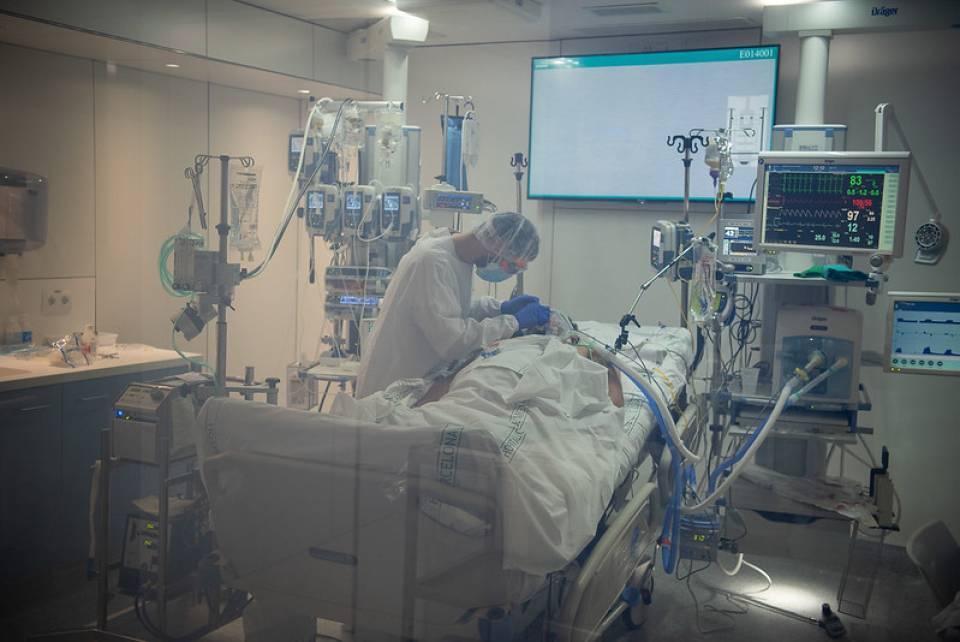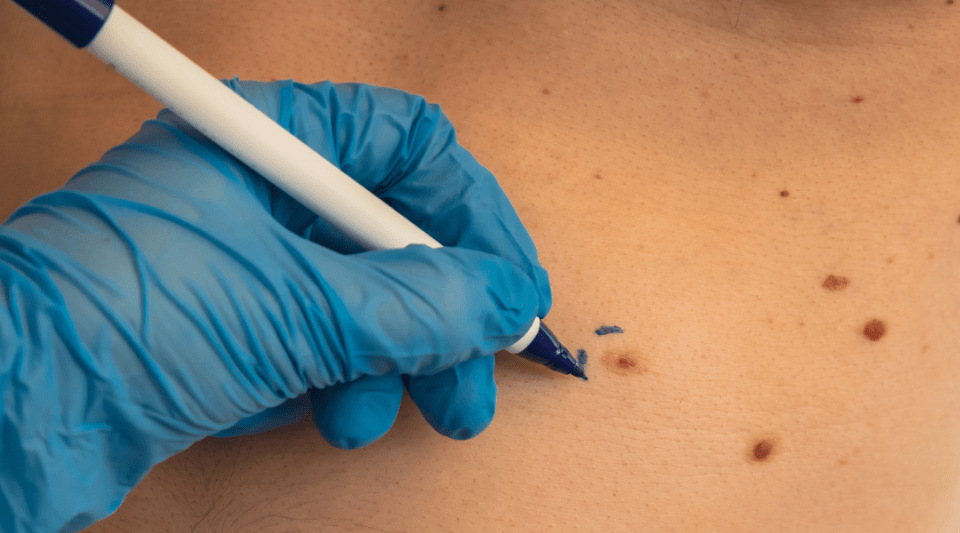As has been observed in other studies, patients infected with COVID-19 who are admitted to ICUs present an extremely severe clinical condition, often associated with organ failure (other than the lungs) or secondary infections. However, to date, there has been no comprehensive monitoring of the clinical evolution of these patients, including medical complications or support needs such as mechanical ventilation.
This study, led by the Anaesthesia Department and the Critical Care Department at Hospital Clínic de Barcelona, describes the clinical evolution, treatment received, outcomes and risk factors for mortality in the ICU for critical COVID-19 patients admitted to different ICUs across Spain. The main objective was to determine the risk factors for ICU mortality in these patients.
COVID-19 critical patients admitted to 30 ICUs at different hospitals in Spain and Andorra were followed up. This included patients admitted between 12 March and 26 May 2020. During this period, various kinds of data were recorded on these patients, such as their symptoms, the drugs they received, whether or not they experienced medical and infectious complications, etc. Statistical studies were carried out using all this data to compare the patients who died and the patients who were discharged, in order to verify which factors determined a worse evolution.
A total of 663 patients were included, and the ICU mortality rate was 31%, in other words, 203 patients. One of the characteristics found to be most relevant for a worse outcome was low blood oxygen levels. Patients who did not survive were more hypoxaemic, meaning they had a lower blood oxygen concentration.
In addition, complications were more frequent in those who did not survive, with the most common being acute respiratory distress syndrome, acute renal failure and septic shock (a blood infection causing organ failure).
Statistical analysis of the data showed that patient age was associated with mortality, with the risk of death increasing by 1% with each additional year. Meanwhile, a good predictor of mortality was also found to be an increase in the Acute Physiology and Chronic Health Evaluation (APACHE II) score. This scale allows the severity of the disease to be quantified through certain physiological variables of the patient.
The research concluded that most critical patients with COVID-19 were men with other chronic diseases such as hypertension, obesity and diabetes, which is in line with previous studies. In terms of mortality risk, it was higher in patients with lower levels of oxygenation, and also in those who required mechanical ventilation. The most common complications were respiratory failure and acute renal failure, both of which carried an increased risk of mortality. The rate was 31%, based on total data from the ICUs analysed. These mortality rates were found to be similar to those obtained in previous records of critically ill patients with acute respiratory failure, even when not caused by COVID-19.
Information documented by: Dr Carlos Ferrando, Anaesthesia Department, Head of the Surgical Intensive Care Unit (SICU) at Hospital Clínic de Barcelona




